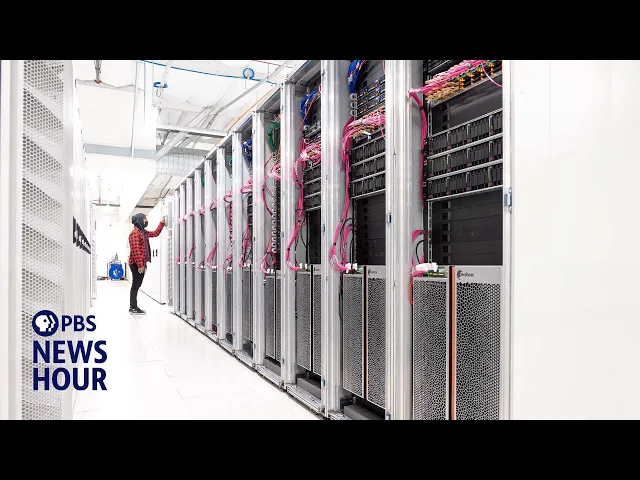What’s in Trump’s new AI policy and why it matters

A Trump presidency's radical AI vision
In the murky waters of tech policy, few areas generate as much speculation as artificial intelligence under a potential second Trump administration. The recently released Project 2025 manifesto has ignited fierce debate across Silicon Valley and Washington alike—not just for what it proposes, but for how dramatically it would reshape America's approach to AI governance.
The 900-page document, crafted by the conservative Heritage Foundation, outlines a vision that stands in stark contrast to the Biden administration's cautious, regulatory approach. While not an official Trump campaign document, it's widely viewed as a blueprint for a potential second Trump term, with many former administration officials contributing to its creation. The AI section in particular reveals a philosophy that prioritizes American technological dominance and minimal government interference above all else.
Key elements of the Project 2025 AI vision
-
Regulatory rollback: The plan calls for dismantling key elements of Biden's AI executive order, eliminating many oversight mechanisms and "burdensome" safety requirements that proponents argue protect Americans.
-
Accelerated government adoption: Rather than focusing on safety, the plan advocates for rapid deployment of AI across federal agencies, particularly in defense and intelligence applications.
-
"America First" AI dominance: The plan frames AI leadership as a national security imperative, advocating aggressive measures to maintain technological superiority over China through export controls and investment restrictions.
-
Free market approach: Government intervention would be minimized in favor of allowing companies to innovate with fewer constraints, based on the belief that market forces will naturally address safety concerns.
The philosophy behind the policy
The most revealing aspect of Project 2025's AI vision isn't found in specific policy prescriptions but in its underlying philosophy. The document frames AI development through a distinctly geopolitical lens—technology as a zero-sum competition between superpowers where the winner takes all.
This perspective marks a fundamental departure from the Biden administration's approach, which has attempted to balance innovation with guardrails. Current policy seeks international alignment on safety standards while Project 2025 explicitly rejects "globalist" frameworks in favor of unilateral American action. For tech executives navigating AI deployment, this signals a potential future where compliance burdens may decrease while international fragmentation increases.
What makes this shift particularly consequential is its timing. The AI industry
Recent Videos
How To Earn MONEY With Images (No Bullsh*t)
Smart earnings from your image collection In today's digital economy, passive income streams have become increasingly accessible to creators with various skill sets. A recent YouTube video cuts through the hype to explore legitimate ways photographers, designers, and even casual smartphone users can monetize their image collections. The strategies outlined don't rely on unrealistic promises or complicated schemes—instead, they focus on established marketplaces with proven revenue potential for image creators. Key Points Stock photography platforms like Shutterstock, Adobe Stock, and Getty Images remain viable income sources when you understand their specific requirements and optimize your submissions accordingly. Specialized marketplaces focusing...
Oct 3, 2025New SHAPE SHIFTING AI Robot Is Freaking People Out
Liquid robots will change everything In the quiet labs of Carnegie Mellon University, scientists have created something that feels plucked from science fiction—a magnetic slime robot that can transform between liquid and solid states, slipping through tight spaces before reassembling on the other side. This technology, showcased in a recent YouTube video, represents a significant leap beyond traditional robotics into a realm where machines mimic not just animal movements, but their fundamental physical properties. While the internet might be buzzing with dystopian concerns about "shape-shifting terminators," the reality offers far more promising applications that could revolutionize medicine, rescue operations, and...
Oct 3, 2025How To Do Homeless AI Tiktok Trend (Tiktok Homeless AI Tutorial)
AI homeless trend raises ethical concerns In an era where social media trends evolve faster than we can comprehend them, TikTok's "homeless AI" trend has sparked both creative engagement and serious ethical questions. The trend, which involves using AI to transform ordinary photos into images depicting homelessness, has rapidly gained traction across the platform, with creators eagerly jumping on board to showcase their digital transformations. While the technical process is relatively straightforward, the implications of digitally "becoming homeless" for entertainment deserve careful consideration. The video tutorial provides a step-by-step guide on creating these AI-generated images, explaining how users can transform...
